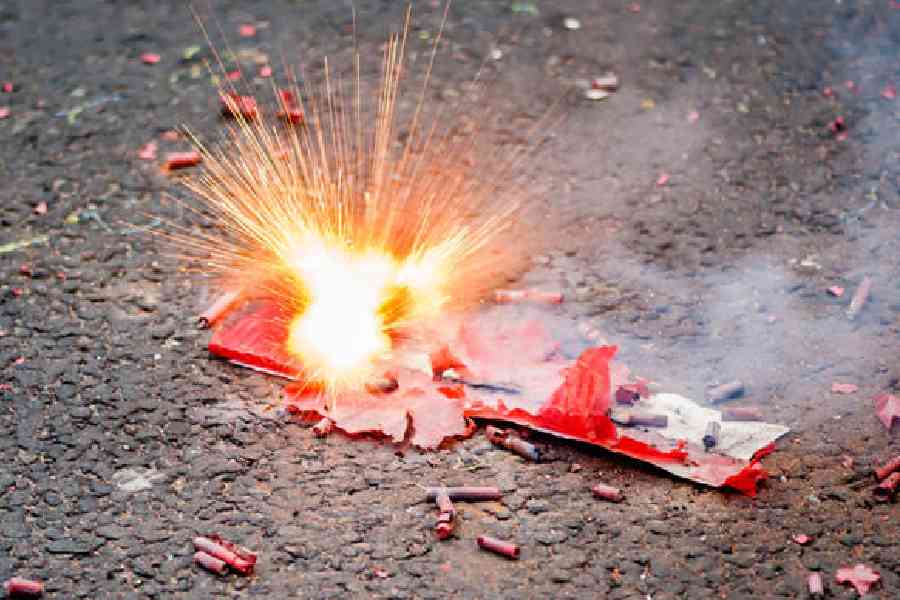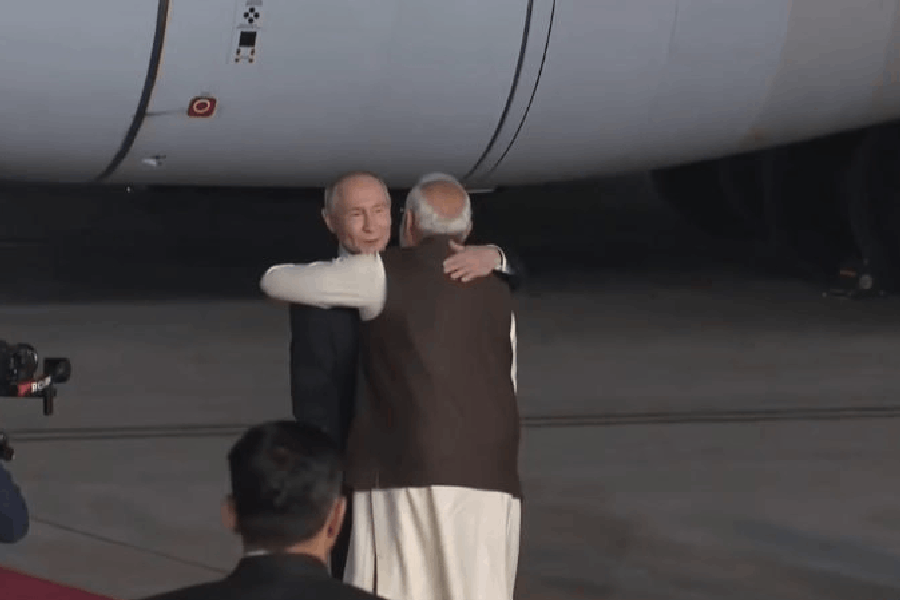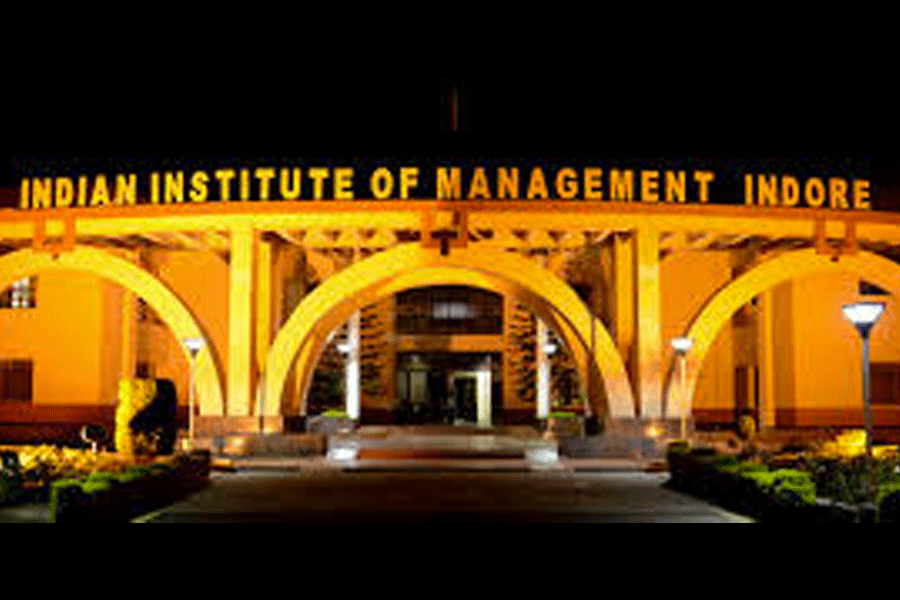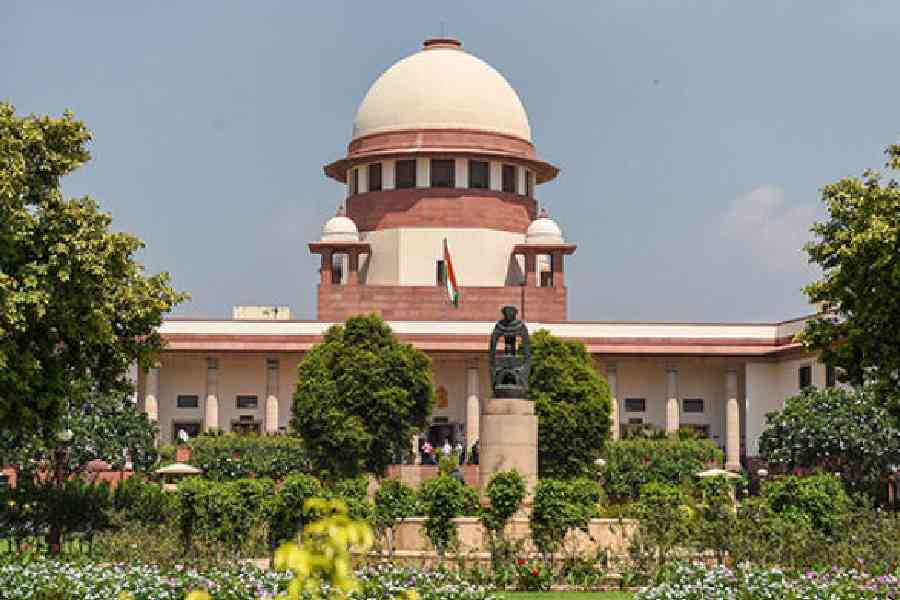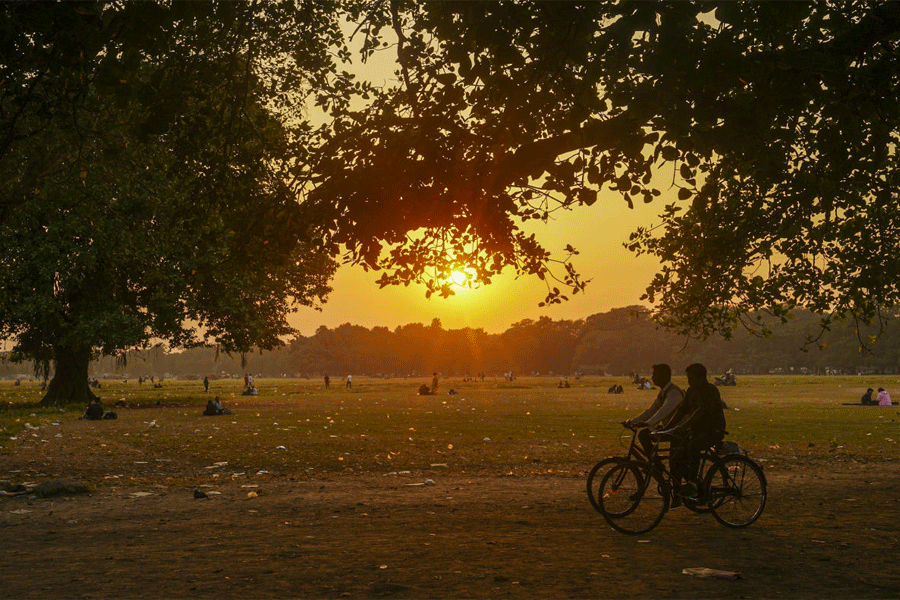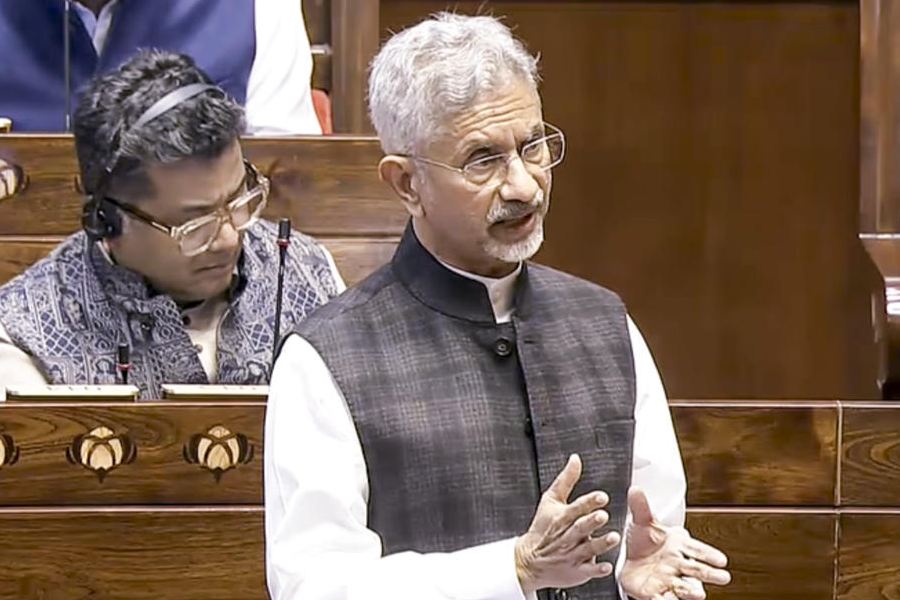The air quality had already slipped to the ‘poor’ category in several parts of North and East India even before Diwali this year. Against this worrying backdrop, the Supreme Court has allowed the sale and the bursting of green firecrackers in the Delhi-National Capital Region on Diwali — it falls today — within restricted hours. The apex court described this as a “balanced approach” that sought parity between festivities and environmental protection, adding that the order was meant as a temporary litmus test to determine whether a regulated relaxation could co-exist with measures to control pollution. The environmental and health hazards posed by polluted air in North India each winter — firecrackers and stubble burning add to the poison — cannot be ignored. The rise in air pollution — Delhi’s PM2.5 levels typically spike between 800-1,500% above the safety limits on Diwali night — adds Rs 1,000-1,500 crore in health costs annually for the public exchequer. But there is a fundamental question that needs to be resolved first. Can green crackers be a solution to this serious problem?
Green crackers, experts have argued, are anything but ‘green’. Independent laboratory reviews have found that green crackers release toxic gases and trace heavy metals. Data compiled by the Council of Scientific and Industrial Research-National Environmental Engineering Research Institute showed that green crackers emit only 30% less particulate matter than conventional ones, resulting in only a 10% reduction in gaseous emissions. In essence, green firecrackers emit 70% of the pollutants that normal firecrackers do. This will hardly make a meaningful difference to cities choking on smog. The certification process of green crackers remains patchy; India’s firecracker industry, headquartered in Sivakasi, Tamil Nadu, does not have a transparent batch-tracking system, leaving the door wide open for errors while distinguishing green crackers from their conventional counterparts. Moreover, the regulatory mechanism to uphold the ban on offending firecrackers appears to be leaky: in the days leading up to Diwali, there were numerous reports of banned crackers being sold in the open. The court’s endorsement of green crackers may well be construed as a concession to collective sentiment at the expense of public health. This leniency bodes ill in a society that remains indifferent to the many forms of pollution caused by firecrackers. A spirited public campaign against polluting, loud firecrackers, in combination with stern administrative steps to curb transgressions, is the need of the hour.

